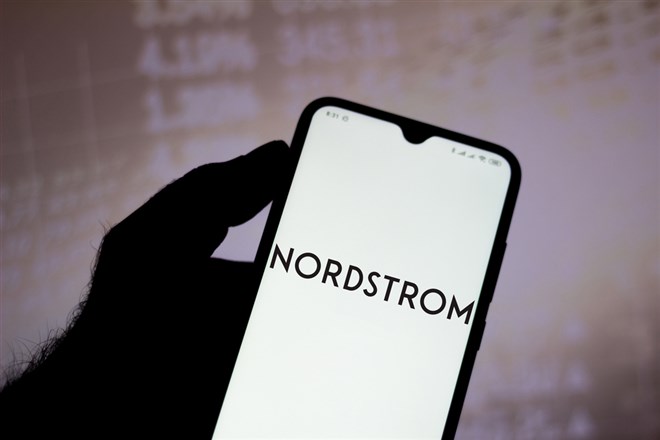
On February 3rd, word that activist investor Ryan Cohen took a stake in Nordstrom, Inc. (NYSE: JWN) jettisoned the stock 25% higher in heavy volume. This extended a strong start to the year for the department store.
Nordstrom shares have since declined 35% to return to mid-December 2022 levels. In a matter of three weeks, one of 2023's hottest mid-caps became one of its coldest as Nordstrom’s relative strength indicator (RSI) plunged from 92 to 8.
Call it a retro holiday shopping sale.
Yes, inflation and interest rates will likely impact consumer spending in the coming months. But the cyclical company appears to be better positioned than most to outperform on the other side of the economic downturn. With trading volume and company-specific news both light on the downslope, Nordstrom equity may be one of the best deals in retail.
How Did Nordstrom’s Ryan Cohen Buzz Fade So Fast?
When news broke that Ryan Cohen became a top Nordstrom shareholder, retail investors frantically bought shares in hopes of a run like GameStop and Bed Bath & Beyond had when similar news broke. So to some extent, the Nordstrom rally was detached from fundamentals and emotionally driven.
Still, with Cohen expected to push for cost cuts, potentially unlocking shareholder value over time, the announcement should’ve had greater staying power. Instead, euphoria was quickly replaced with fears that Cohen could do to Nordstrom what he did to Bed Bath & Beyond. Ironically, one of his first planned moves is to oust former Bed Bath & Beyond CEO Mark Tritton from Nordstrom’s board.
By the time Nordstrom reported quarterly results on March 2nd, its stock was back to where it was before the Cohen headlines. Although fourth-quarter earnings topped Wall Street expectations and a brief rally ensued, broad market weakness made investors all but forget about the ‘Cohen catalyst.’
What is Nordstrom’s Growth Outlook?
In conjunction with its fourth-quarter report, Nordstrom announced that it will discontinue its operations in Canada, a market it entered in 2014. Citing the absence of “a realistic path to profitability,” the company closed its Canadian e-commerce site and will do the same to 13 Canadian stores by the end of the second quarter. The move is forecast to dent fiscal 2023 profits by approximately 2.3%.
In contrast to developments north of the border, Nordstrom is moving forward with opening new stores in the U.S. to spur growth. After opening just three stores in fiscal 2022, it has plans to open or relocate 19 stores by Fall 2023. This will bring its domestic store count to roughly 350 — and more importantly, implies that consumer traffic will improve in the back half of the year.
Another bullish development, Nordstrom’s inventory levels are in better shape than they were a year ago. Thanks to heavy promotional activity, products are finally being moved and warehouses are becoming less crowded. This bodes well for future financial performances. Not being weighed down by supply chain bottlenecks should improve productivity and help restore investor confidence.
For the current fiscal year, management forecasts 5% lower revenue, about half of which relates to the Canada shut down. The good news is that this should ultimately drive better profitability. A full year adjusted earnings per share (EPS) outlook of $1.80 to $2.20 is a significant improvement from last year.
Is Nordstrom Stock Undervalued?
Based on the midpoint of management’s profit guidance, Nordstrom is positioned for 18% bottom line growth this year. This is a positive outlook for two reasons: 1) it marks an acceleration from the 13% growth posted last year and 2) it makes the stock a bargain.
Nordstrom shares are trading at less than 9x this year’s earnings estimate. Since this multiple is half the company’s anticipated profit growth, the stock is undervalued. Kohl’s stock trades at 9.5x this year’s earnings estimate.
Of course, whether management’s earnings call comes to fruition largely depends on the macroeconomic environment — which is plenty uncertain. This is why there is such disparity among professional opinions.
Most Wall Street analysts have hold or sell ratings on Nordstrom. Hedge fund managers, on the other hand, have been stocking up. Hedge fund ownership of Nordstrom increased in both the third and fourth quarters of last year and are at their highest level since September 2021.
Meanwhile, Nordstom’s inventories are back to where they were before the start of the pandemic. Is its stock price next?





